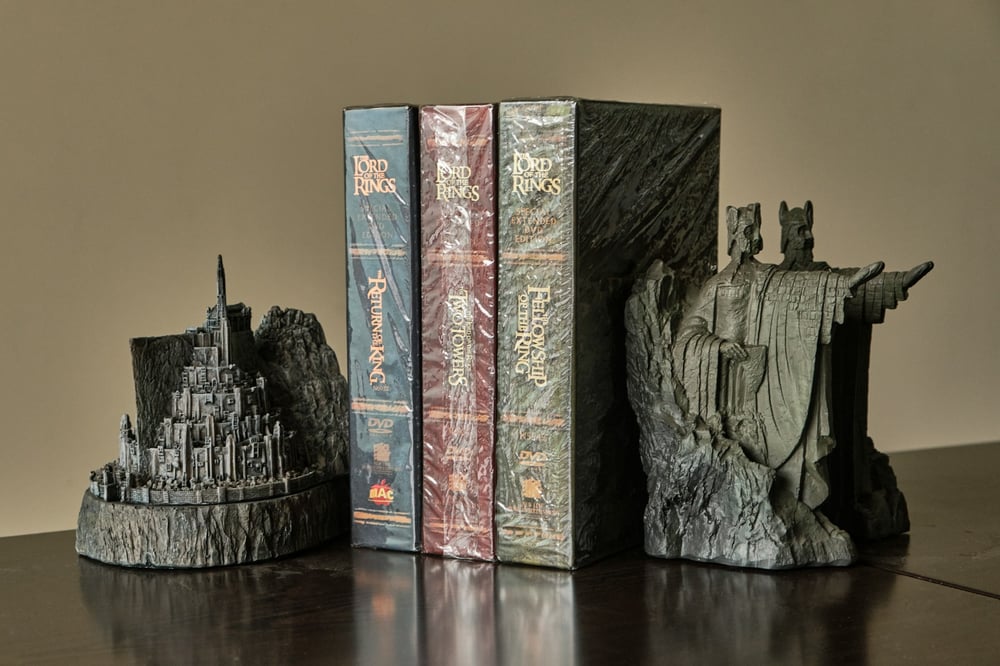How Many Scenes Should Be in a Chapter? This Many!

If you’re having trouble getting a straight answer to how many scenes should be in a chapter, you’ve come to the right place.
But not because I’m about to give you an actual number. Asking how many scenes should be in a chapter is like asking how much money you need to retire. It depends! Where do you live? Do you travel? How much do you spend on eggs? I don’t know your life.
It’s the same deal with your per-chapter scene count. The ideal number depends on your genre, your pacing, and your story. There is no one-size-fits-all number.
But that doesn’t mean you’re stuck “feeling it out” and “trusting your gut.” You’re about to learn how to confidently answer this question for yourself, based on your unique story. We’ll cover:
- What exactly a scene is
- The role scenes play in building a chapter
- How chapter and scene lengths influence your storytelling
- How your genre should inform the number of scenes in each chapter
- How to translate all this information into your ideal scene count
And now the curtain rises on scene one.
Chapter Versus Scene

Wait! Don’t skip this section. It’s not as basic as you think.
You might be perfectly capable of flipping through a novel and accurately labeling which chunks of text are scenes and which chunks are chapters. But have you paused to think about the role of these individual storytelling units?
When you know what scenes and chapters do for the reader’s experience, you get a lot closer to answering how many scenes should be in a chapter.
Let’s take a look.
What is a Scene?
Okay, first the English class answer. A scene is the smallest unit of a story. It includes:
- A character goal
- A conflict
- An outcome (often described as a “disaster,” but you can also conclude a scene with a false win, temporary relief, or moral dilemma)
You know that one scene has ended and another begun when there is a change in one or more of the:
- Setting
- Time
- Point of view
Now for the story crafter’s answer. A scene is a tiny story that moves the larger story forward. It contains tension, internal or external conflict (often both), and reveals new information, raises the stakes, or makes a bad situation worse.
Each scene is a reaction to the scene before it, creating a chain of cause-and-effect. This chain carries your story on a logical path from “Once upon a time” to “Happily ever after.”

What is a Chapter?
First, the graduation speech answer: Merriam Webster defines chapter as “a main division of a book.”
The story crafter’s answer? A chapter is a method through which you control your reader’s experience of your story with strategically placed story breaks.
Where you choose to place these breaks partly depends on your goal for your reader.
If you want to keep your reader reading (and you probably do), you’ll want to end your chapter on a cliffhanger or a big reveal. You might also keep your chapters in the 1,500-2,000 word range—short enough for the reader to say, “Okay, okay, just one more chapter.
”You might have established a narrative motif that defines your chapter breaks. For example, if there’s a strong ticking clock element to your story, you might separate chapters by date or time to ramp up the growing sense of urgency.
If you switch between multiple character points of view, you’ll probably choose to do a chapter break each time the POV changes.
And you always want to consider your pacing goals when placing your chapter breaks. We have an entire article on chapter length, but here’s the gist: the shorter the chapter, the faster the pace.
Ultimately, there are no set rules for what you must do to create the experience you want for your reader. Borrow from the above examples or let them spark ideas for different strategies. It’s your story, after all.
How Do Scenes and Chapters Work Together?

Remember how I mentioned that scenes are like mini-stories? Chapters work in a similar way. No matter how you decide to divide your book, each chapter should feel like a short story in which characters evolve, situations change, and there are new obstacles to overcome by the end.
To illustrate this, let’s look at The Queen’s Gambit by Walter Tevis and work backwards.
The novel tells the story of an orphaned chess prodigy who battles addiction as she rises to the top of the chess world.
The first chapter tells the story of how the protagonist becomes an orphan, develops an addiction to tranquilizer pills, and discovers her hidden genius.
And the first scene tells the story of the protagonist learning of her mother’s death. It’s that chain of cause-and-effect I was talking about. Think of each scene as a domino tipping forward, forcing the next one to fall, until the growing force and momentum of the chain takes down an oversized domino in one glorious, compelling clunk.
“Oh, no! She’s orphaned. What’s going to happen to her? Oh, no! She’s at this terrible orphanage. What will that be like? Oh, no! They’ve got her hooked on pills. What will become of her in this horrible situa—Wait, what? She’s a chess prodigy? Okay, one more chapter…”
Bottom line: scenes work together in a chapter to ensure that things change in your story and readers care about those changes.
I know. That still doesn’t answer the question of how many scenes. We’re getting there. There’s just one more thing we have to cover.
How Long is a Scene?

Another question only you can answer. But the answer matters, because scene length influences your ideal scene count. Three short scenes equal a quick, easy chapter. Three long scenes have the opposite effect. The first scene of The Queen’s Gambit is one paragraph. Most scenes land somewhere between 750 and 2,000 words. The ideal length of any scene depends on what the scene needs to accomplish.
If you’re writing a fast-paced thriller and want to shock your protagonist and readers with an unexpected dead body, you’ll probably write a shorter scene.
If you’re writing literary fiction and want to create a tension-filled family dinner scene with strong Tennessee Williams vibes, you might stretch that puppy out for a couple thousand words.
Simply put, you gotta do what you gotta do. The key is to make sure that a long scene isn’t long because you’ve loaded it with unnecessary fluff. Also make sure your short scenes aren’t short because you’ve rushed an important moment.
How Many Scenes Should Be in a Chapter Based on Genre

When calculating your golden scene count, don’t forget to consider genre. Some genres keep chapters super short, even sometimes as short as one scene. These will typically be your fast-paced genres like action-adventure, as well as middle grade fiction. Fantasies tend to have longer chapters, which typically translates to more scenes.
Literary fiction is all over the map.
Read the current bestsellers in your genre and keep a log of chapter length, scene length, and scenes-per-chapter. Use these stats to draw some conclusions about reader expectations and pacing. Also note when authors choose to include one or two unusually long or short chapters. What does this do to the way you experience the story?
Just remember that this genre education should inform your storytelling, not command it. It may help to start by building each chapter in a way that makes sense to you. Then you can go back and see how your scene count compares to others in your genre. If you’re off by a lot, it probably means you need to make a big adjustment to get in line with reader expectations. If you’re off by a little, ask yourself if you can actually make the story better following the stats. The answer might be “no,” and that’s fine.
A Checklist for Finding Your Perfect Scene Count
To find your ideal scene count:
- Determine what story you want each chapter to tell. Or ask, “Which plot points raise the biggest questions or create the greatest sense of urgency?” Put your chapter breaks after those scenes.
- Plot the scenes that need to occur before each of those chapter breaks to ensure that the final scene of each chapter packs a punch.
- Count how many scenes you have in each chapter. Ask yourself:
- Does this scene count align with my genre?
- Can I achieve the storytelling pace I want with this many scenes in each chapter?
- Is my scene count consistent? If not, does the inconsistency work for my story or against it?
If the answer to all these questions is, “yes,” and, “for it,” great! If not, see if you can add or subtract chapter breaks.
As you think through this, keep in mind the expected length of each scene. You don’t have to worry about a single-scene chapter making the book feel rushed if that scene happens to be a big one.
When in doubt, start writing! All of this is simply a guideline to help you envision a tight, well-structured novel. You get a better sense of pacing when you actually get words on the page. And don’t forget: Dabble is here for you!
The Dabble Plot Grid is a great tool for keeping tabs on your scene count. Your scene card headings also provide a handy way to see the story of your chapter at a glance. Like this:

Not a Dabble user? No problem. You can try the Plot Grid and all other Premium Features for free for fourteen days. Follow this link and start obsessively counting those scenes.









